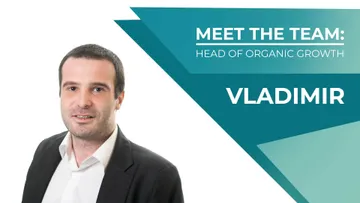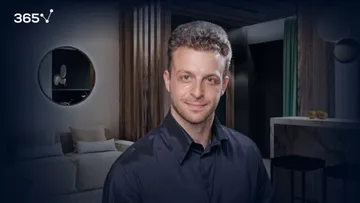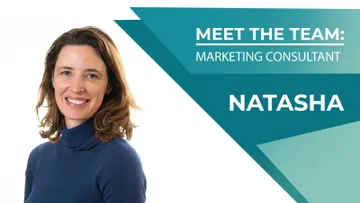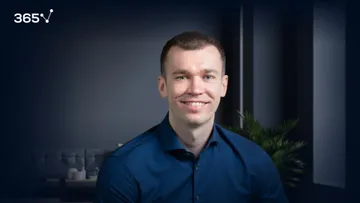Martina Videnova, Head of Design at 365 Data Science
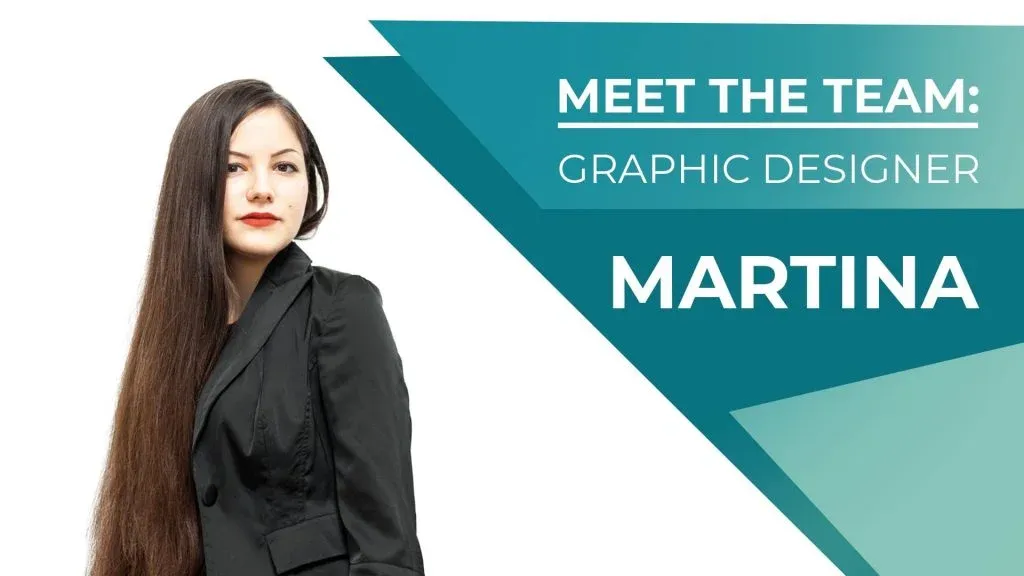
Martina Videnova is a graduate of the National Academy of Theater and Film Arts where she mastered the art of creating compelling stories through both dynamic and static visuals. She is the graphic designer behind the beautifully animated video lectures of a lot of the 365 Data Science Courses, and we’re super happy we can finally ask her how she makes the magic happen.
Hey! Glad to have you here. Could you briefly introduce yourself to our readers?
Hi. My name is Martina and I’m a graphic designer at 365 Data Science.
I create original videos from scratch. This means I make my own props, draw a storyboard, animate everything, and finally sync some music and sound effects. I also make static visuals (ads, thumbnails, photos that need retouching, etc.) These really give me a chance to apply all my knowledge and program skills to turn an idea into a powerful, influencing visual. Of course, all with the handy Photoshop and Illustrator tools by my side. I also work on the explanatory video lessons. I receive an original OST from our instructors and use a friendly animating platform to make the magic happen and help the students learn new concepts with ease.
Everyone who’s seen your work can confirm there’s definitely some serious skills involved. But how did you get them? Could you tell us something more about your background?
Sure. I studied graphic design in the National School of Applied Arts “St. Luke’’ where I learned the basics of drawing, composition, and color for static visuals. Then I continued my education at the National Academy of Theater and Film Arts. The years spent there gave me the opportunity to explore how to create dynamic visuals and tell a story with them.
Martina, you’re the Graphic Designer of the 365 Probability, Statistics, Mathematics, Credit Risk Modeling, Machine Learning, Time-Series Analysis, and Project Management courses. In other words, you’re really hands-on in the creation of our program. As a non-data scientist, which course do you find most interesting and why?
Well, the course topics are usually completely new to me and I always learn a lot from them.
For instance, Probability was fun with its examples with cards, dice and winning the lottery. One of my favorite was the “flip a coin” example where we talk about the probability of getting heads or tails. No matter how many times you flip it, there is always a 50% chance of getting one or the other. Heads may go on forever.
Credit Risk Modeling explained a lot about how the banking system works on approving or rejecting a loan. I was stunned how much research and calculations are necessary to predict the probability of default of a borrower. The percentage of “bad” borrowers can seriously affect economic stability and if miscalculated, may lead to a financial crisis on a global scale. That’s why, following the 2007–2009 financial crisis strict regulations were introduced to prevent future disasters.
Project Management made me understand why I was always late for work and helped me manage my time better. The course goes through an original case study for a car manufacturing with legit examples of all the documents and skills a project manager needs to make a project successful.
It taught me all the major obstacles a PM must overcome to make the project happen and that, in the end, only they are accountable for its success.
The OST inspired cool visual jokes and I had a great time animating all custom props.
The Time-Series talks about a series of data points observed in time. One typical example will be the weather forecast which has nothing to do with a “crystal ball”, as I imagined when I was little. Actually, predictions are based on patterns observed in time and they’re expected to persist in the future. Financial forecasting, earthquake predictions, astronomy, etc. - our whole existence revolves around patterns. Our brains constantly search for them to make unfamiliar things more logical and perceptible.
Those are some quite in-depth observations, Martina. To what extent were you familiar with the data science field before joining the 365 Data Science team?
Zero extent. I come from a very different field, where people have never heard of things like linear or logistic regressions. They tend to think: “We are artists and don’t need math or statistics for our work”. It’s always hard when I start reading a new course and bump into terms like correlation coefficients, rejection regions, weight of evidence, random walk, types of data and Bayesian inference. But this new theory widens my common knowledge and gives me a new understanding of the way things work.
Now that you are much more familiar with the data science field, can you say there’s a topic that has surprised you in some way?
AI is a very interesting topic for me, and I hadn’t realized it already surrounds us everywhere. AI algorithms track our behavioral patterns, and companies use the gathered data to improve their marketing strategy and target us with the most suitable ads. As shocking as it sounds, status posts and reaction emojis transform into money in somebody’s pocket.
I'm also surprized how the concept of AI has changed over the years - it’s certainly different from how cartoons pictured it at the beginning of the millennium. And, considering AI’s fast development speed, it may not take long for sci-fi movies to become our reality.
In fact, we recently made a Youtube video about Elon Musk and Mark Zuckerberg's opinion on the future of AI and how there are still no laws for it.
A troubling fact - a fast-evolving, powerful tool such as AI may be the cause of disaster and mass panic if placed in the wrong hands. Musk believes that at some point in the future, AI will be superior to humans in every way and will become our benevolent ruler. Sounds like 1984’s Terminator to me. Zuckerberg, on the other hand, has positive thoughts about our future and believes robots will always help and serve our kind. These theories caught my attention and brought more awareness of this matter and the times we live in. It’s a fact that computer-generated voices already sound remarkably “human” and can even schedule an appointment at the dentist’s office for you. There’s also software that can bring to life every static image of important figures, such as country presidents declaring, for example, a new world war. So, I sort of stick with Musk’s theory.
There’s certainly food for thought in your answer, Martina. Now, let’s switch to a non-data science-related question. What part of the creative process do you enjoy most?
I truly enjoy creating advertisement videos in After Effects and Facebook Ads, because they’re always challenging. There are always new topics and new tools to explore in the endless world of After Effects. I’m constantly learning how to make my work faster, and more efficient. Plus, I pick up knowledge about marketing on the way - how to present our program and make it more accessible to the audience.
And you’re doing a great job at it! In conclusion, what’s the biggest misconception people have about your position?
I’ve noticed people tend to think that even incompetent people can get a job like this. That’s not the case. It takes a lot of practice and a hint of taste and talent to be suitable for this job.
The platform we use for making our courses is very user-friendly – even the company’s motto says: “Everybody can make a video”. But not everyone can make it aesthetically pleasing and tell a story with the right, most powerful visuals. It’s a skill that requires understanding the universal symbolic language, so every person on earth can get your message. I take time to compose every shot so that it has an instant impact on the viewer. Moreover, I try to make everything in the same harmonious gamma and use a contrasting color to highlight the more important stuff. I also often go back and forth trying to improve our videos. And only when I’ve done my best, I finally sync the voiceover with the movement of every animated object to ensure every student has a great experience while taking our courses.
My job is to make the visuals engaging, instantly understood, and aesthetically pleasing. This takes experience, knowledge and, as I said, some talent. If you work hard enough, you will keep improving your skillset and that will transform you into a better artist.

